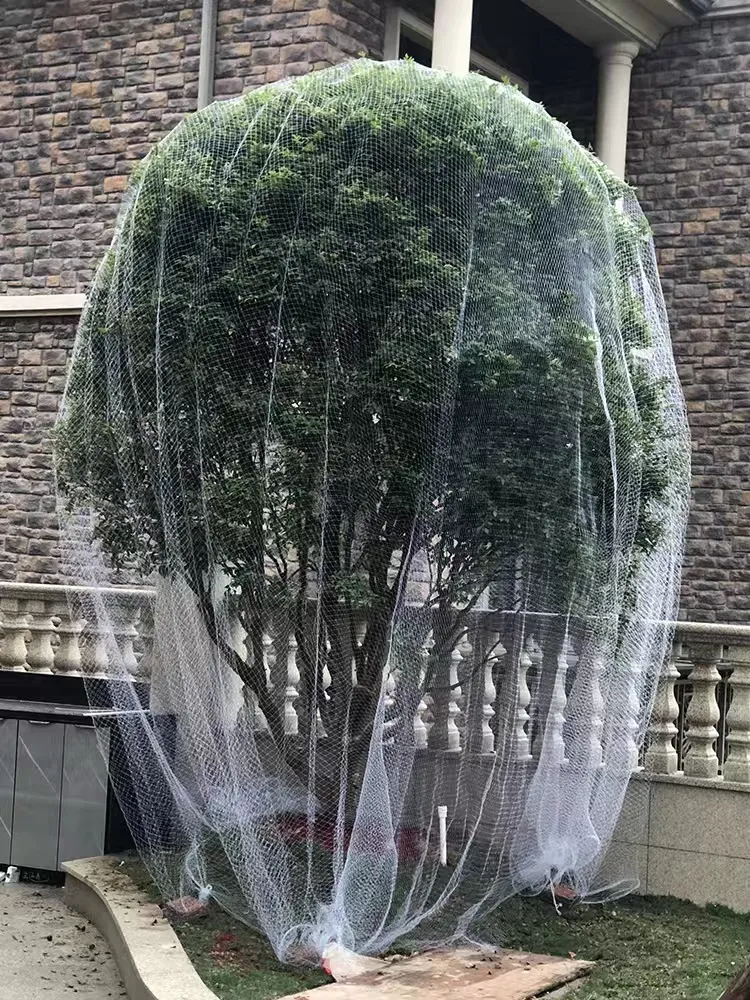-
 Afrikaans
Afrikaans -
 Albanian
Albanian -
 Amharic
Amharic -
 Arabic
Arabic -
 Armenian
Armenian -
 Azerbaijani
Azerbaijani -
 Basque
Basque -
 Belarusian
Belarusian -
 Bengali
Bengali -
 Bosnian
Bosnian -
 Bulgarian
Bulgarian -
 Catalan
Catalan -
 Cebuano
Cebuano -
 China
China -
 Corsican
Corsican -
 Croatian
Croatian -
 Czech
Czech -
 Danish
Danish -
 Dutch
Dutch -
 English
English -
 Esperanto
Esperanto -
 Estonian
Estonian -
 Finnish
Finnish -
 French
French -
 Frisian
Frisian -
 Galician
Galician -
 Georgian
Georgian -
 German
German -
 Greek
Greek -
 Gujarati
Gujarati -
 Haitian Creole
Haitian Creole -
 hausa
hausa -
 hawaiian
hawaiian -
 Hebrew
Hebrew -
 Hindi
Hindi -
 Miao
Miao -
 Hungarian
Hungarian -
 Icelandic
Icelandic -
 igbo
igbo -
 Indonesian
Indonesian -
 irish
irish -
 Italian
Italian -
 Japanese
Japanese -
 Javanese
Javanese -
 Kannada
Kannada -
 kazakh
kazakh -
 Khmer
Khmer -
 Rwandese
Rwandese -
 Korean
Korean -
 Kurdish
Kurdish -
 Kyrgyz
Kyrgyz -
 Lao
Lao -
 Latin
Latin -
 Latvian
Latvian -
 Lithuanian
Lithuanian -
 Luxembourgish
Luxembourgish -
 Macedonian
Macedonian -
 Malgashi
Malgashi -
 Malay
Malay -
 Malayalam
Malayalam -
 Maltese
Maltese -
 Maori
Maori -
 Marathi
Marathi -
 Mongolian
Mongolian -
 Myanmar
Myanmar -
 Nepali
Nepali -
 Norwegian
Norwegian -
 Norwegian
Norwegian -
 Occitan
Occitan -
 Pashto
Pashto -
 Persian
Persian -
 Polish
Polish -
 Portuguese
Portuguese -
 Punjabi
Punjabi -
 Romanian
Romanian -
 Russian
Russian -
 Samoan
Samoan -
 Scottish Gaelic
Scottish Gaelic -
 Serbian
Serbian -
 Sesotho
Sesotho -
 Shona
Shona -
 Sindhi
Sindhi -
 Sinhala
Sinhala -
 Slovak
Slovak -
 Slovenian
Slovenian -
 Somali
Somali -
 Spanish
Spanish -
 Sundanese
Sundanese -
 Swahili
Swahili -
 Swedish
Swedish -
 Tagalog
Tagalog -
 Tajik
Tajik -
 Tamil
Tamil -
 Tatar
Tatar -
 Telugu
Telugu -
 Thai
Thai -
 Turkish
Turkish -
 Turkmen
Turkmen -
 Ukrainian
Ukrainian -
 Urdu
Urdu -
 Uighur
Uighur -
 Uzbek
Uzbek -
 Vietnamese
Vietnamese -
 Welsh
Welsh -
 Bantu
Bantu -
 Yiddish
Yiddish -
 Yoruba
Yoruba -
 Zulu
Zulu
Feb . 10, 2025 11:28
Back to list
safety netting construction
In the dynamic world of construction, one material that stands out for its versatility and utility is chicken mesh, often also referred to as chicken wire mesh. Traditionally associated with agricultural and poultry applications, its role in construction projects has gained considerable attention, thanks to its robustness and adaptability. Here’s a deep dive into understanding how chicken mesh can become a vital component in building structures, providing insights that underscore expertise and reliability.
Selecting high-quality chicken mesh is vital. Expert manufacturers offer varieties with different gauges and material coatings, suitable for varied application needs. Galvanized chicken mesh provides excellent corrosion resistance, ensuring longevity and reduced maintenance, which is crucial for both exterior and interior applications. For projects requiring higher strength, opting for a mesh with a thicker gauge is advisable. Its ease of installation is another convincing factor. Chicken mesh can be easily cut and shaped to suit any design specification or structural requirement. This feature allows builders to expedite construction processes without compromising quality. The accessibility of chicken mesh in various sizes and forms makes it an adaptable component for complex building designs, offering a reliable solution to diverse construction challenges. In fiscal terms, incorporating chicken mesh results in cost efficiencies. Not only is it economically affordable compared to other reinforcement materials, but the longevity and reduced repair needs it provides offer significant savings over the life of a building. This economic advantage, combined with its functional benefits, makes chicken mesh a compelling choice within the construction industry. The construction applications of chicken mesh highlight its role not just as a supporting material but as a cornerstone of modern building resilience and efficiency. Its contribution to structural integrity, environmental sustainability, and cost-effectiveness underscores its indispensable role in contemporary construction practices. Understanding and utilizing chicken mesh in construction projects represents a convergence of traditional building wisdom with forward-thinking architectural innovations.


Selecting high-quality chicken mesh is vital. Expert manufacturers offer varieties with different gauges and material coatings, suitable for varied application needs. Galvanized chicken mesh provides excellent corrosion resistance, ensuring longevity and reduced maintenance, which is crucial for both exterior and interior applications. For projects requiring higher strength, opting for a mesh with a thicker gauge is advisable. Its ease of installation is another convincing factor. Chicken mesh can be easily cut and shaped to suit any design specification or structural requirement. This feature allows builders to expedite construction processes without compromising quality. The accessibility of chicken mesh in various sizes and forms makes it an adaptable component for complex building designs, offering a reliable solution to diverse construction challenges. In fiscal terms, incorporating chicken mesh results in cost efficiencies. Not only is it economically affordable compared to other reinforcement materials, but the longevity and reduced repair needs it provides offer significant savings over the life of a building. This economic advantage, combined with its functional benefits, makes chicken mesh a compelling choice within the construction industry. The construction applications of chicken mesh highlight its role not just as a supporting material but as a cornerstone of modern building resilience and efficiency. Its contribution to structural integrity, environmental sustainability, and cost-effectiveness underscores its indispensable role in contemporary construction practices. Understanding and utilizing chicken mesh in construction projects represents a convergence of traditional building wisdom with forward-thinking architectural innovations.
Next:
Latest news
-
Shipping Plastic Bags for Every NeedNewsJul.24,2025
-
Safety Netting: Your Shield in ConstructionNewsJul.24,2025
-
Plastic Mesh Netting for Everyday UseNewsJul.24,2025
-
Nylon Netting for Every UseNewsJul.24,2025
-
Mesh Breeder Box for Fish TanksNewsJul.24,2025
-
Expanded Steel Mesh Offers Durable VersatilityNewsJul.24,2025











